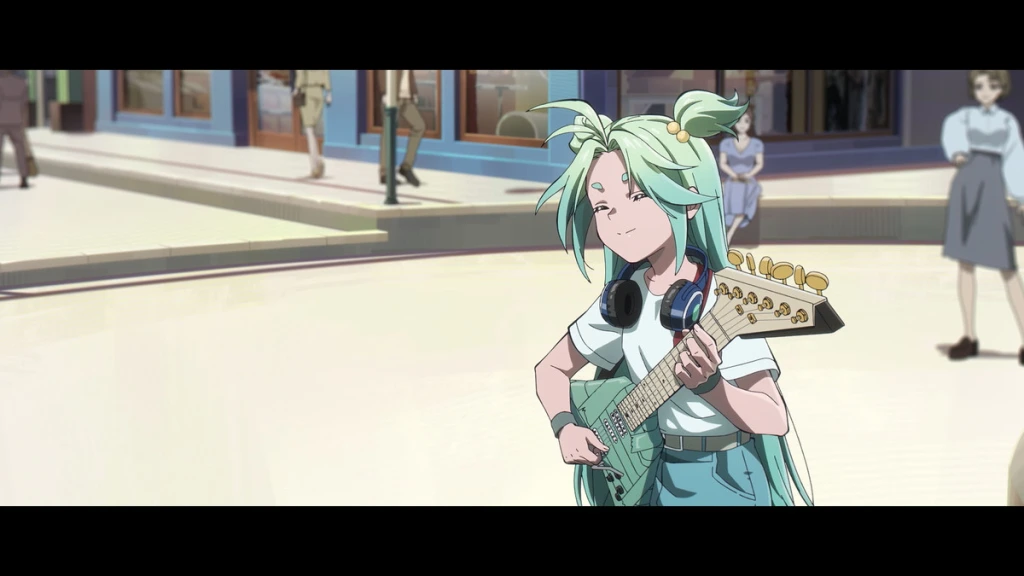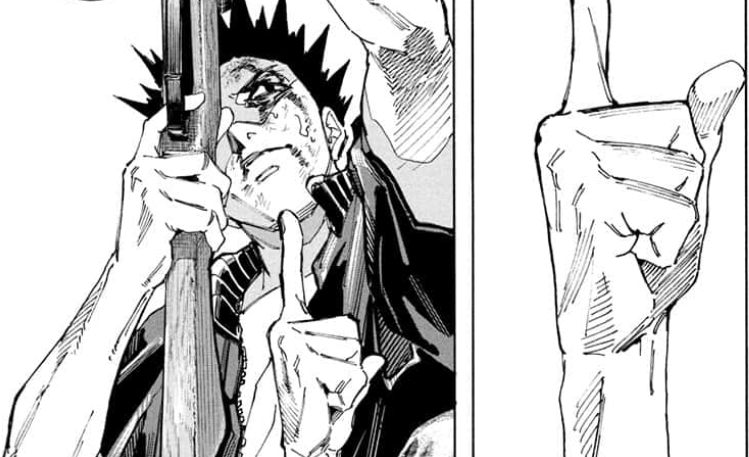
Arisunime — In the action-packed world of Sakamoto Days, where legendary hitmen retire to mundane lives and chaos lurks around every corner, a powerful and mysterious organization stands at the apex of the assassin underworld: the Japan Assassin’s Association, or JAA. Far from being a mere backdrop, the JAA is a central pillar of the narrative, driving much of the conflict and shaping the destinies of its formidable members.
What is the JAA?
The JAA is effectively the governing body and regulatory authority for assassins in Japan. While the concept of a formalized association for contract killers might seem paradoxical, the JAA brings a semblance of order and a strict hierarchy to a world that would otherwise be pure anarchy. It’s an organization that manages, sanctions, and sometimes even protects its members, all while maintaining a delicate balance within the shadows.
Think of it as a dark reflection of a governmental agency, with its own rules, rankings, missions, and even a system of justice (albeit a brutal one). It’s not just a club for hitmen; it’s a powerful entity with significant influence over the criminal underworld, controlling a vast network of information, resources, and highly skilled individuals
he Purpose of the JAA in Sakamoto Days
The JAA serves several crucial purposes within the Sakamoto Days narrative:
- Maintaining Order and Control: The primary objective of the JAA is to regulate the assassin industry. Without it, rogue assassins could cause widespread chaos, attracting unwanted attention from the authorities and potentially dismantling the very fabric of their hidden world. The JAA sets boundaries, handles disputes, and ensures a certain level of professionalism (or at least, discretion) among its members.
- Assigning Missions and Bounties: The JAA acts as a central hub for contracting out assassination jobs and managing bounties. Clients with targets come to the JAA, which then assigns the missions to suitable assassins based on their rank, specialty, and availability. This streamlines the process and ensures that jobs are handled by qualified individuals.
- Ranking and Hierarchy: The JAA implements a clear ranking system for its assassins, with the “Top Five” being the most elite and powerful. This hierarchy not only provides a framework for internal operations but also fuels ambition and rivalry among the members, pushing them to constantly improve their skills and climb the ranks. Sakamoto, before his retirement, was at the very pinnacle of this system.
- Information Gathering and Dissemination: Given its extensive network, the JAA is a treasure trove of information regarding targets, other assassins, and underworld activities. This intelligence is vital for its members to successfully complete their missions and for the JAA to maintain its control.
- Driving the Plot: The JAA is often the catalyst for many of the plot points in Sakamoto Days. Whether it’s through the introduction of new assassins, the assignment of high-stakes missions, or internal conflicts and power struggles, the JAA consistently propels the story forward. Characters often find themselves at odds with or working for the JAA, creating compelling narrative tension.
- Exploring Themes of Justice and Morality: While operating in a morally ambiguous space, the JAA sometimes grapples with its own twisted sense of justice. It highlights the complexities of a world where violence is a profession, prompting readers to consider the ethical implications of its existence and the choices made by its members.
- The “Eliminate Sakamoto” Directive: A significant plot point revolves around the JAA’s decree to eliminate Sakamoto after his retirement. This directive underscores the JAA’s unyielding rules and its determination to prevent any perceived threats to its order, even if it means targeting its most legendary former member. This ongoing threat keeps Sakamoto on his toes and introduces a constant element of danger.
In essence, the JAA is more than just an organization; it’s a living, breathing entity that shapes the world of Sakamoto Days. Its presence adds layers of complexity, intrigue, and danger, making the series a thrilling exploration of the hidden world of assassins and the individuals who navigate its treacherous paths.***











